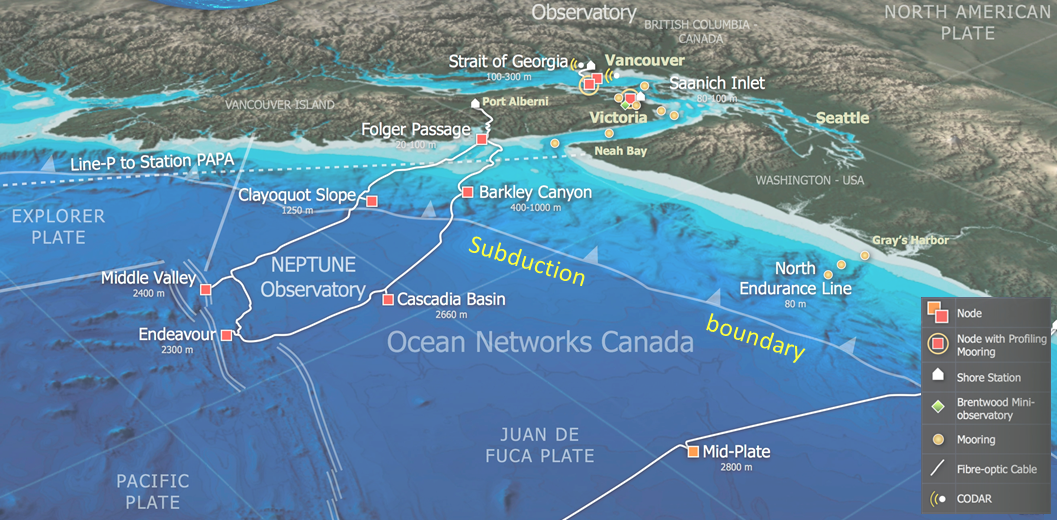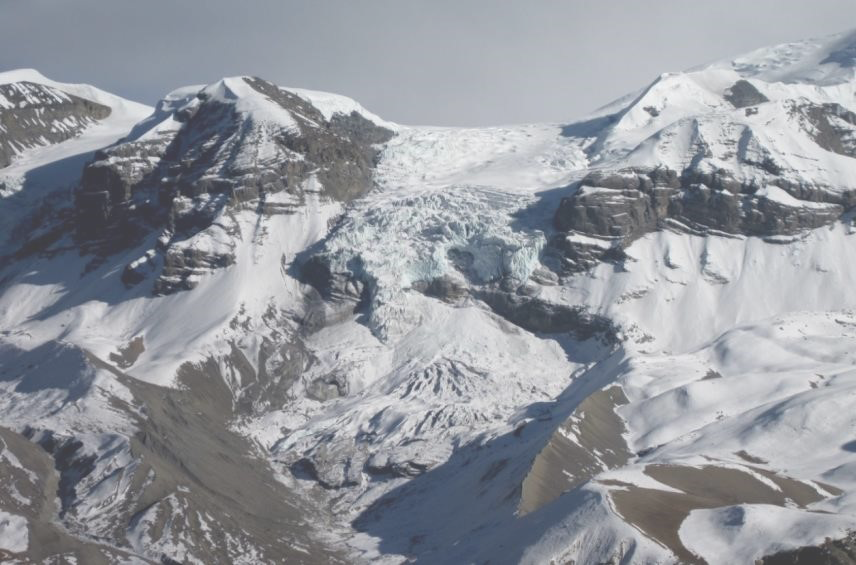Table of Contents
Topics and Learning Outcomes
| Topics | After reading this unit and completing the assigned readings in Physical Geology and the associated exercises and questions, you should be able to: |
| 2-1 Weathering and Soil | 1. Describe the important processes of mechanical and chemical weathering. 2. Explain how differences in weathering processes affect the type of sediments that eventually form sedimentary rocks. 3. Discuss the relationships between weathering and soil formation, and the origins of soil horizons. |
| 2-2 Sedimentary Rocks | 4. Differentiate the classes of sediments according to their size, and the nature of sediment transportation by water and wind. 5. Summarize the characteristics of various types of clastic and chemical sedimentary rocks. 6. Distinguish between sedimentary depositional environments in both terrestrial and marine settings, and explain the relationships between plate tectonics and sedimentary depositional basins. 7. Use the characteristics of sedimentary rocks to understand their depositional environments and climate. |
| 2-3 Metamorphic Rocks | 8. Describe why metamorphism occurs, and summarize the factors that influence the nature of metamorphic rocks. 9. Explain the mechanisms for the formation of foliation in metamorphic rocks. 10. Describe the geological settings of metamorphism and how they relate to plate tectonics. 11. Summarize the important processes of regional and contact metamorphism. |
| 2-4 Geological Time | 12. Describe the geological time scale. 13. Explain the differences between relative and absolute geological age-dating, and apply the principles of relative age-dating. 14. Apply the principles of age-dating using fossils and isotopic data. 15. Explain why it is important for us to understand geological time. |
Reading
Read Chapters 5 to 8 in Physical Geology.


